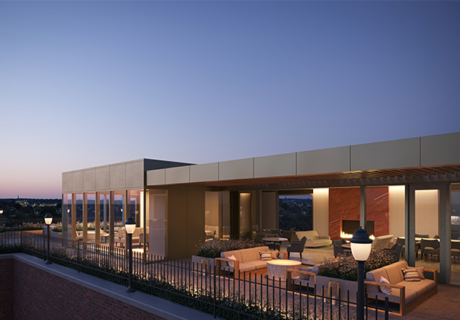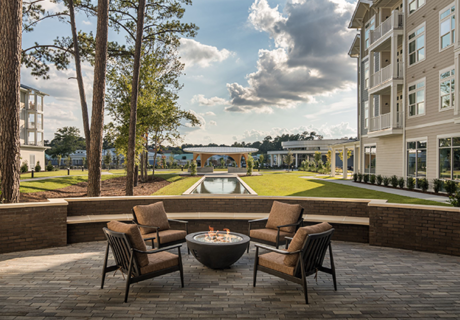Rethinking environments for aging with growing dementia population
Jail isn’t the answer. Nor are warehouses with room and board. And yet, many of today’s institutions that house and deliver care to patients with dementia and Alzheimer’s disease often appear that way to family members seeking long-term care for a loved one with fading cognitive skills.
The need is great—and it is growing. According to Gregory Petsko, chair of the Department of Biochemistry at Brandeis University in Waltham, Mass., speaking at TEDMED 2012 in Washington, D.C. earlier this month, there are 500,000 new cases of Alzheimer’s each year in the U.S. and the number is only getting larger. One in two people who live to their mid-80’s will get the disease. How will the world will handle these millions of Alzheimer’s patients?
For healthcare provider organizations, the challenge is how best to build, remodel, or renovate environments that are comforting and soothing for this fragile group of people. It is not an easy task, either in providing suitable environments or delivering care, but I am optimistic that architects, interior designers, and long-term care facility owners and managers are seriously thinking about it.
At the 2011 Environments for Aging* conference, I was very impressed with the innovative projects that focused on dementia and Alzheimer’s, as well as those that dealt with creating suitable living places for aging populations. And today, a New York Times’ article, “Matching the Unique Needs and Challenges of Dementia,” profiles Hogewey in Weesp, the Netherlands, a 23-unit residential complex that looks and feels much like any community. The model has attracted interest as it is focused on maintaining its residents relationships with everyday activities. Amenities such as a supermarket, a theater, a restaurant, a cafe and courtyards, surround dementia patients with an environment much like those in which they lived before moving to Hogewey.
Submissions to a recent competition for Behavioral Healthcare’s 2012 Design for Health and Human Services Showcase included facility designs for dementia patients. Gayle Anthony, who served on the judging team, found more competitors were putting more effort into pre-planning and collaborating with key stakeholders. She summarizes her experience in her blog, “Design trends for behavioral healthcare facilities.”
Meeting the challenges of providing care for a population of individuals unable to care for themselves is a serious problem for which there is no simple or single solution. It is not going away nor will it diminish any time soon. No matter who pays—patients, families, or the government–developing humane and caring environments for the aging will require planning, funding, and new ways of thinking.
*The Environments for Aging 2012 conference starts Sunday, April 29 in Orlando.




